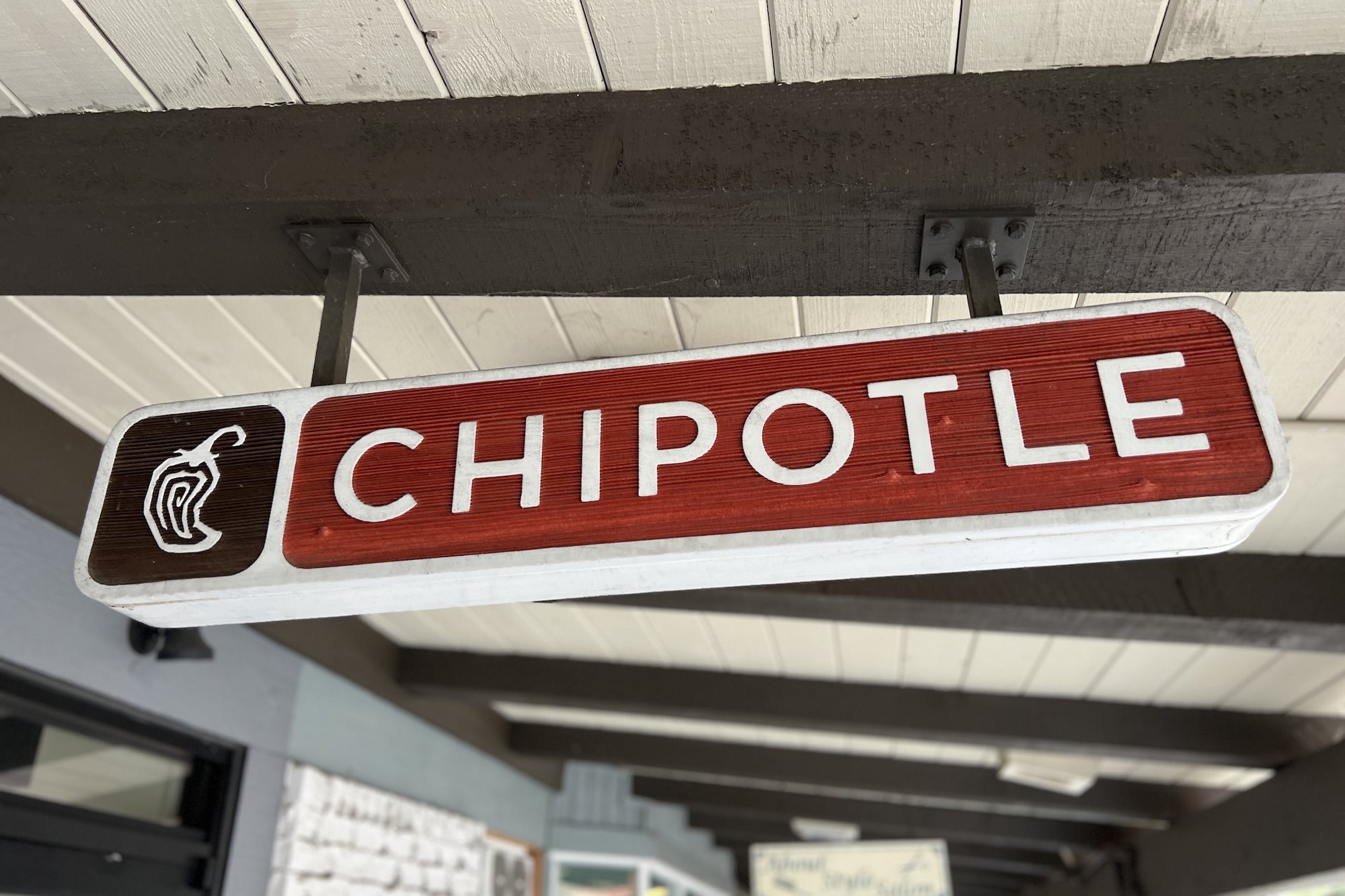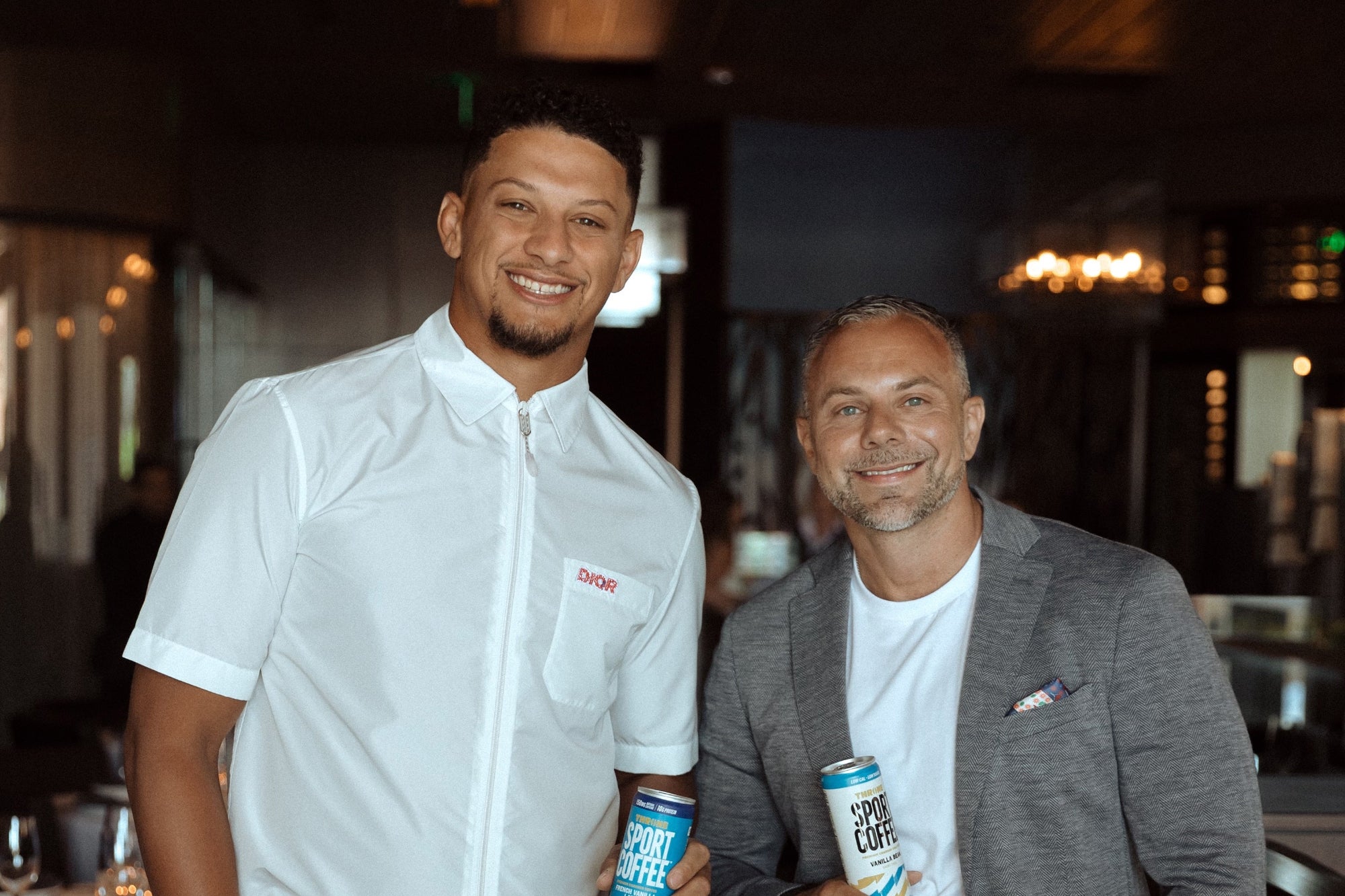Opinions expressed by Entrepreneur contributors are their own.
In an era where digital marketing is saturated with celebrity endorsements and mega-influencer collaborations, a quieter but arguably more powerful shift is reshaping the way brands connect with consumers. Welcome to the age of the nano-influencer: content creators with fewer than 10,000 followers who are delivering exceptional return on investment (ROI), unmatched authenticity and deep engagement in niche markets.
These micro-scale tastemakers might not command headlines, but in the world of hyper-targeted influence, they are increasingly being seen as one of the most valuable assets in a brand’s marketing toolkit.
Why nano-influencers are gaining momentum
Nano-influencers don’t have sprawling audiences, but what they do have is far more precious — trust. According to Influencer Marketing Hub, nano-influencers tend to have engagement rates that far surpass those of influencers with larger followings.
While mega-influencers often hover around 1% to 2% engagement, nano-influencers frequently hit 5% or higher. The reason? Their audiences are made up of real people who often know the influencer personally or have followed them for a long time.
They aren’t pushing products with a high-production-value sheen; they’re sharing real-life experiences, honest reviews and genuine recommendations. This authenticity — something consumers increasingly crave in a world of filtered perfection — is what makes their voice so compelling.
And importantly, brands are listening.
The ROI of small but mighty influencers
Many marketers are learning that bigger isn’t always better when it comes to influence. Campaigns involving nano-influencers can cost a fraction of those that involve celebrities or macro-influencers, yet still deliver impressive results. This cost-efficiency allows for broader experimentation, more diversified audience targeting and greater authenticity.
A study by HypeAuditor found that nano-influencers consistently outperform larger creators in key performance metrics like engagement, reach per follower and audience trust. This is particularly relevant for small-to-medium businesses or emerging brands that need to make every marketing dollar count.
Instead of sinking thousands of dollars into a single influencer with millions of followers, a brand can partner with 20 nano-influencers for the same cost — and benefit from a wider spread of content, perspectives and communities.
Hyper-niche communities offer rich targeting
What truly sets nano-influencers apart is their ability to cultivate loyal, niche audiences. Whether it’s sustainable beauty, vintage bicycles, small-space interior design or gluten-free baking, nano-influencers often focus on very specific interests. Their followers aren’t just casual scrollers; they are active members of a like-minded digital tribe.
This makes nano-influencers ideal for brands seeking relevance within specific subcultures. For example, a startup selling vegan protein bars will get more traction working with 10 passionate plant-based lifestyle bloggers than with a single celebrity who posts about fitness sporadically.
These creators often double as community leaders — replying to comments, sharing user-generated content and hosting meaningful conversations. Their recommendations don’t feel like marketing; they feel like advice from a friend. And that, in today’s oversaturated digital environment, is invaluable.
Related: Why Micro-Influencers Are Beating Celebrities at Their Own Game
As social media matured, many users became savvier about paid promotions and brand partnerships. This has led to what some call the “authenticity gap” in influencer marketing. Audiences can often spot a sponsored post from a mile away — and increasingly, they’re tuning out.
Nano-influencers have largely escaped this fate. Most aren’t full-time creators, and they don’t rely on social media as their primary income stream. This often makes them more selective about partnerships and less likely to promote products they don’t genuinely use or believe in.
Their content feels personal and unscripted. A review of a local skincare product might be shot in their bathroom mirror, complete with cluttered shelves and awkward lighting — but it works, because it’s real.
And brands are recognising this. According to a report by Kantar, 70% of marketers now believe influencer marketing needs to shift towards smaller-scale creators to maintain credibility and engagement. The balance is moving from reach to relevance.
The rise of long-tail influence
In digital marketing theory, the “long tail” refers to the strategy of targeting many narrow niches instead of going broad. Nano-influencer marketing is the social media equivalent. Rather than betting on one viral post, brands are opting for multiple, lower-stakes collaborations that build consistent awareness and trust over time.
This is especially effective in long-lead campaigns where building brand familiarity is key. In industries like fashion, wellness, home décor and pet care, where purchase decisions are often emotionally driven or researched extensively, this slow-burn influence can translate to more loyal customers.
Brands also benefit from the added value nano-influencers bring. Because they’re not overbooked with paid collaborations, they tend to be more flexible and open to co-creation. Marketers often find that nano-creators are willing to brainstorm, try different formats and even create content that can be repurposed for ads or product pages.
Case studies and cautionary notes
Several global brands are already tapping into the nano-influencer advantage. Sephora, for example, created a program called #SephoraSquad that includes micro and nano-influencers from diverse backgrounds and locations. By combining authentic voices with a shared love of beauty, they’ve extended their reach far beyond what paid media alone could deliver.
Smaller direct-to-consumer brands have also found success using nano-influencers for product launches. Their word-of-mouth credibility often results in not just conversions but also brand evangelism.
Still, working with nano-influencers requires a shift in mindset. Brands need to be comfortable relinquishing a degree of control. There will be typos. There will be uneven lighting. There might be pet photo bombs. But these imperfections are part of the charm — and the reason their content works.
Another challenge is scale. Managing dozens of small creators can be time-intensive, which is why there are platforms that are emerging from the woodwork with great success in order to help automate the process of discovery, outreach and analytics.
Related: How to Set Boundaries With Your Clients Without Losing Business
As consumers continue to demand more transparency and personalisation from the brands they support, the nano-influencer model is likely to grow. What began as a grassroots movement is evolving into a formalised marketing approach, with platforms and agencies dedicated solely to representing small creators.
Technology will play a role, too. Better tools for performance tracking, content licensing and creator management will make it easier for brands to run large-scale nano-influencer campaigns without sacrificing quality or cohesion.
And as Gen Z and younger millennials become more influential as consumers, the demand for peer-to-peer authenticity will only intensify. These digital natives value community, inclusivity and credibility over follower counts or production value.
The irony? In the age of algorithms and reach-obsessed strategies, it’s the human-scale storytellers—those with smaller followings but bigger hearts — who are making the biggest impact.
Small voices, big results
The rise of the nano-influencer represents more than a marketing trend; it’s a recalibration of what influence really means. In a world jaded by polished perfection and mass reach, these creators remind us that authenticity, trust and community are still the cornerstones of persuasion.
Brands that are bold enough to embrace these tiny digital tribes will find themselves not just with better ROI, but with audiences who genuinely care — and that’s something even the largest follower count can’t buy.
In the end, it’s not about how loud your message is, but who hears it — and believes it.







